- Basinikonda, Madanapalle, Annamayya (Dist), AP, Pin - 517325.
- imforupvtltd@gmail.com
About Fish Farming....
Fish Farming: An Overview
Fish farming, also known as aquaculture, is the practice of breeding, raising, and harvesting fish in controlled environments. As one of the fastest-growing sectors in agriculture, it offers a sustainable solution to meet the rising global demand for seafood. Fish farming not only helps reduce pressure on wild fish populations but also contributes to food security, supports local livelihoods, and strengthens rural economies. Here’s a detailed look at the essentials of fish farming.

Key Aspects of Fish Farming:
1. Types of Fish Farming
Freshwater Fish Farming: Involves cultivating fish in freshwater settings such as ponds, tanks, lakes, or reservoirs. Popular species include tilapia, catfish, carp, and trout.
Marine Fish Farming: Conducted in saltwater environments, typically using cages or pens located in oceans or coastal areas. Common species farmed include salmon, sea bass, tuna, and grouper.
Integrated Fish Farming: A sustainable approach that combines aquaculture with other agricultural practices like rice farming or livestock rearing. This method optimizes land, water, and nutrient use while increasing productivity and reducing waste.
2. Site Selection
Selecting an ideal location is a key factor in the success of a fish farming operation:
Water Quality: Clean, oxygen-rich, and unpolluted water is essential for optimal fish health and growth.
Proximity to Markets: Locating the farm near target markets helps reduce transportation time and costs while maintaining product freshness.
Environmental Suitability: Factors like water temperature, oxygen levels, and flow rate must align with the specific needs of the chosen fish species.
3. Fish Species Selection
Choosing the right fish species depends on market goals and environmental compatibility:
Market Demand: Opt for species with strong local or regional demand and favorable pricing.
Growth Performance: Species with rapid growth rates and high feed efficiency (FCR – Feed Conversion Ratio) offer better returns.
Resilience: Hardy fish that can adapt to local environmental conditions and resist disease are ideal for lower-risk farming.
4. Feeding and Nutrition
Effective feeding practices ensure healthy fish and improved productivity:
Commercial Feed: Use species-specific, nutritionally balanced commercial feeds for consistent growth.
Natural Supplements: In some systems, plankton, aquatic plants, or insects can supplement feed and reduce costs.
Feeding Management: Maintain consistent feeding schedules and monitor feeding behavior to reduce waste and optimize feed use.
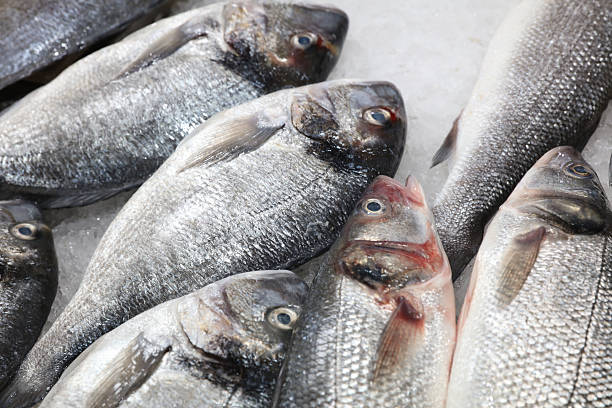
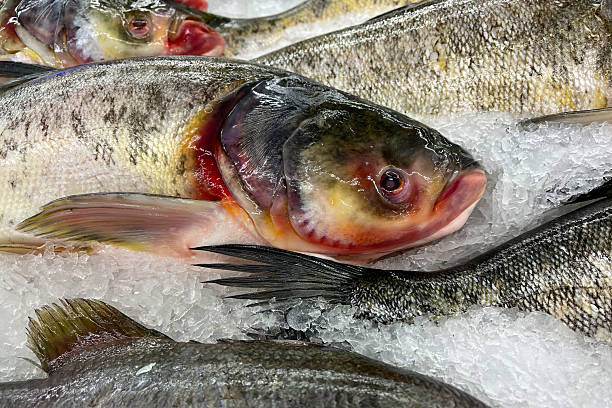
5. Health Management
Maintaining the health of your fish stock is vital for sustainable and productive farming:
Routine Health Checks: Monitor fish regularly for signs of illness, stress, or unusual behavior to catch problems early.
Disease Prevention: Use appropriate vaccines and treatments to protect against common fish diseases.
Water Quality Control: Keep water parameters—such as oxygen levels, pH, and temperature—within ideal ranges to minimize stress and disease risks.
6. Breeding and Hatchery Management
A reliable breeding system ensures a consistent and healthy supply of young fish:
Broodstock Selection: Use strong, healthy, and genetically diverse broodstock to improve fry quality and survival rates.
Hatchery Care: Maintain ideal conditions for spawning, egg incubation, and fry development to maximize success.
7. Harvesting and Processing
Careful handling during harvest and post-harvest ensures premium product quality:
Optimal Harvest Time: Harvest fish when they reach market-preferred size and weight for maximum profitability.
Processing Standards: Use humane, hygienic, and efficient processing methods to retain freshness and meet quality standards.

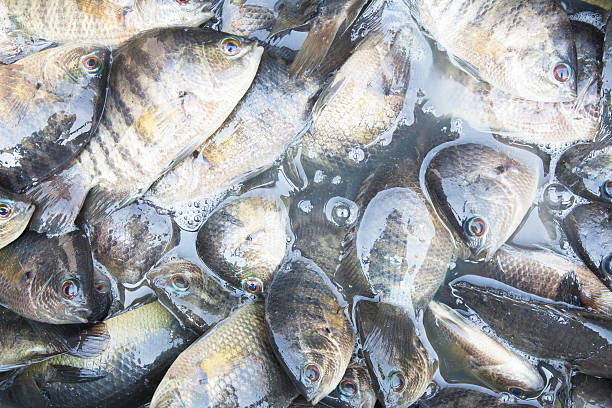

Economic Considerations
With the right strategies, fish farming offers strong potential for profitability:
Expense Control: Manage key operational costs like feed, labor, infrastructure, and maintenance to maintain healthy profit margins.
Market Awareness: Stay informed about consumer preferences and pricing trends for various fish species to align production with demand.
Value-Added Opportunities: Increase income by processing fish into fillets, dried or smoked products, or ready-to-cook items that appeal to niche and premium markets.
9. Environmental Impact
Sustainable fish farming practices help protect the environment and ensure long-term viability:
Eco-Conscious Farming: Use organic or low-impact feeds, renewable energy sources, and proper waste disposal to reduce your farm’s ecological footprint.
Habitat Preservation: Maintain water quality, avoid overcrowding, and adopt practices that support the health of surrounding ecosystems and aquatic life.
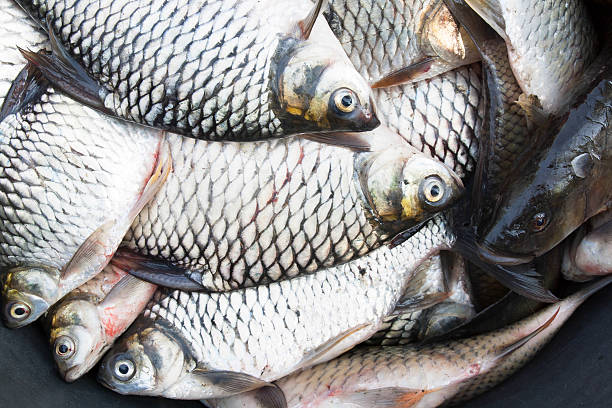

Encouragement for Small-Scale Fish Farming Investment
Dear Aspiring Fish Farmer,
Starting a Fish Farming venture—even on a small scale—is a smart and promising step toward a sustainable and profitable future. Here’s why investing in aquaculture can be a great decision:
Rising Demand for Seafood:
Fish and seafood are among the most consumed sources of animal protein globally, and that demand keeps growing. Fish farming offers a steady, dependable supply to meet the needs of local communities and global markets alike.
Efficient and Productive:
Aquaculture is one of the most resource-efficient ways to produce protein. Many fish species grow quickly and convert feed into body mass more effectively than other livestock. With thoughtful planning, you can even integrate fish farming with other agricultural activities to recycle nutrients and boost overall farm output.
Whether you’re looking to supply fresh fish locally or tap into specialized markets, your venture has the potential to thrive and make a meaningful impact.
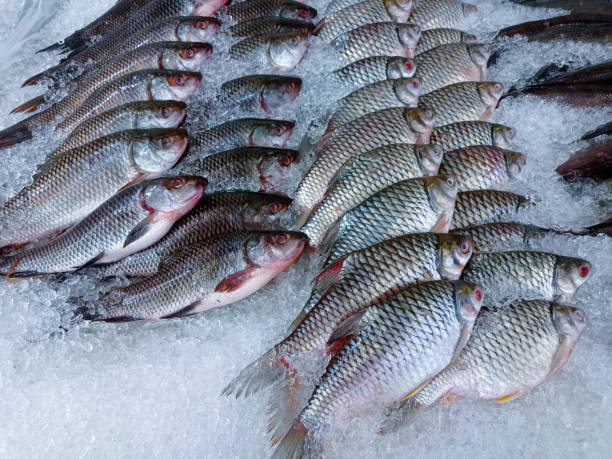
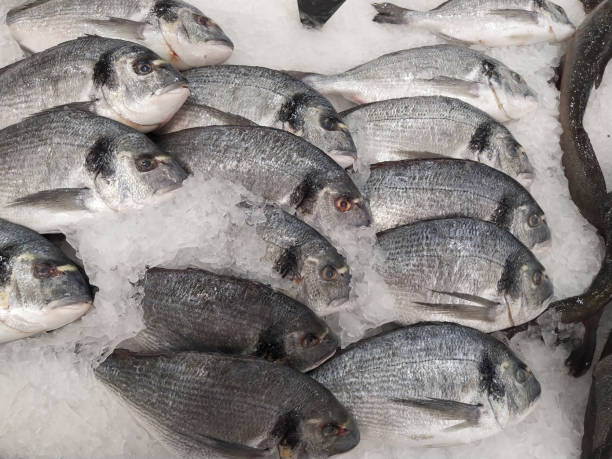


Sustainable and Scalable:
Begin with a manageable setup and expand gradually as your skills and resources grow. By incorporating eco-friendly methods like recirculating aquaculture systems (RAS) or polyculture, you can boost productivity while protecting the environment.
Economic Advantages:
Fish farming offers consistent income potential and opens up employment opportunities, especially in rural or coastal communities. Exploring value-added options—like filleted, smoked, or packaged fish—can significantly increase your earning potential.
Positive Community and Environmental Impact:
Aquaculture not only eases the strain on overfished wild stocks but also supports the local economy. With responsible practices, fish farms can contribute to cleaner water systems and even enhance aquatic biodiversity in the region.
Taking the First Steps:
Start Small: Begin with a realistic number of fish and a setup that’s easy to manage. This allows you to learn the process, minimize risks, and grow confidently over time.
Learn and Grow: Tap into resources like online courses, local aquaculture communities, and government extension programs to sharpen your skills and stay updated on best practices.
Plan and Budget Wisely: Create a solid business plan outlining your goals, costs, and expected returns. A clear financial roadmap helps ensure sustainable growth and smart decision-making as your farm expands.
Keep in mind, every successful fish farm began with one simple step. With your passion, determination, and wise investment choices, you’re setting the stage for a thriving future in fish farming. Face the challenges head-on and celebrate your wins—each step forward brings you closer to making your aquaculture dreams a reality.
Wishing you the best of luck in your Fish farming journey!
Warm regards,
Valipi Reddy
C.E.O, IMFORU PVT. LTD.
